Batu Caves: A Travel Guide to Kuala Lumpur’s Famous Shrine
With supertall skyscrapers and luxurious shopping malls right across from narrow alleyways, local food shops and breathtaking mosques, Malaysia constantly straddles the line between the ultramodern and the traditional.
Not far from the capital Kuala Lumpur are the Batu Caves, a huge complex of shrines and temples dedicated to the Lord Murugan, the Hindu god of war, located in and around a massive natural hill that rises from the chaotic urban landscape.
This incredible site is one of the most important Hindu shrines outside of India, and one of the most popular tourist attractions in Malaysia.
Oh, and did we mention it’s completely free to visit? For these reasons, there is no way that the Batu Caves can miss from your bucket list!
Today we’ll share with you everything you need to know about the Batu Caves, from how to get there, what you’ll want to see and what you’ll want to avoid, and our overall thoughts on this fascinating location.
Let’s jump right in!
Before you go
Before you set off to visit the Batu Caves, there are a few important things to know:
The entry to the site is free
It’s worth mentioning again, the entrance to the Batu Caves is completely free!
There are only a few minor sites requiring either donations or a ticket, but they can be skipped without really affecting your visit.
Dress appropriately
This is an important religious site, and there is a strict dress code in place.
- Ladies, legs and shoulders need to be covered at all times. You can rent sarongs if you need, but we can’t vouch for how clean they are.
- For men the dress code is less strict, go figure, and t-shirt and shorts will be fine, although you should probably avoid wearing tank tops.
The dress code does not apply to children, who can wear whatever they want as long as it remains respectful.
The Batu Caves are not disabled-friendly
Visitors with disabilities or reduced mobility will unfortunately not be able to visit beyond the main square, as the site is in no way disabled-friendly.
How to get to the Batu Caves
If you’re staying in Kuala Lumpur, you can very easily get to the Batu Caves by using public transport:
- From the KL Sentral Station, simply take the KTM Seremban Line in direction of Batu Caves. It’s a direct 45 minute trip where you’ll exit at the last stop, aptly named “Batu Caves”. The entrance to the complex is right outside the small train station, so it will be hard to miss. If you’re unsure of where to go just follow the crowd, most people are bound to be going the same way you are!
- If your stay is close to the city centre, you can also simply catch the same train from the Masjid Jamek station, which you’ll find right across from the famous Sultan Abdul Samad Jamek Mosque. Masjid Jamek is part of the same line, so you’ll take about the same time and exit at the same stop.
Pro tip:
Trains in Kuala Lumpur are very safe for everyone, including female solo travellers. With that said, if you’re uncomfortable with taking public transport over long distances, or just simply don’t feel like it, you can also book a taxi.
If you go for this option we recommend using the Grab app, as the ride will be pre-paid and you’ll avoid getting overcharged or having to negotiate a price.
When is the best time to visit?
If you’ve ever been to Malaysia, you’ll know the tropical weather can be extremely humid. On a bad day you’ll literally feel like someone’s wrapped you up in a warm blanket that you can’t shake off.
Because of this, we really recommend you visit the Batu Caves early in the morning, as to avoid the hotter temperatures of the afternoon. Also keep in mind that there isn't really anything offering much in terms of shade, and the only shelter you’ll find from the sun are the caves themselves. Plus, by visiting early you’ll avoid the tour busses and the rest of the visitors that are bound to show up later in the day!
The caves are open every day, from 7h00 am to 21h00 pm, so you’ll be able to get there nice and early before the heat sets in and you find yourself cooking like a boiled egg while you wait in line behind a crowd of people.
Thaipusam
While it’s possible to visit the Batu Caves all year long, there is one period of time that you might want to either consider or avoid, depending on your preference.
During the first full moon of the 10th month of the Tamil calendar (usually falling somewhere in January or February) worshippers celebrate the festival of Thaipusam, honouring the victory of Lord Murugan over a demon.
For 2 days, thousands gather in Kuala Lumpur to pay homage to the deity, and the Batu Caves play a central role in the festivities.
It can be an overwhelming experience; Some worshippers go in a trance as they pierce their bodies with metal skewers and hooks to atone or ask for favours, while other carry large metal structures as penance for their sins.
This, with the addition of the huge crowds that form during this time of the year, can make Thaipusam a difficult time to visit the Batu Caves. Then again, you might find it the perfect time if you wish to see this worship site at its absolute peak!
What is there to see?
Once you step off the train and pass the main entrance, you’ll be entering the compound’s main square. From here, you’ll get a spectacular view at the site’s main attractions; One being the grand staircase with its colourful 272 steps, the other the gigantic golden statue of Murugan that guards the way up the hill.
The Monkeys
The main square itself is a sight to behold, with colourful, decorated shrines all around and cheeky monkeys climbing in and around the structures, observing the visitors for a chance at a bite to eat.
You’ll definitely see more than your fair share of monkeys while you’re there, as the Batu Caves are arguably one of the best locations to observe them up-close in Malaysia.
They have completely colonised the entire site, and you’ll see even more on the steps and the surrounding cliffs.
Pro-Tip:
These monkeys are not at all friendly, and will not hesitate to bite or scratch when bothered or if they feel their young are threatened. For this reason, be extra careful if you’re visiting with small children.
They also often try to steal food and even personal items from visitors, which they then sometimes return in exchange for a treat. Avoid bringing any food with you, and if you want to film or take pictures we recommend using a wrist strap to keep your camera or phone secure!
Temple Cave
Once you’ve made your way up the 272 steps, you’ll reach the entrance to Temple Cave, the site’s largest.
This natural cave, with its high vault ceiling that suddenly cracks open to reveal the sky above, is one of the most incredible things we have ever seen.
Not only is it visually spectacular, the whole place is alive with believers worshipping at one of the many shrines, vendors hawking souvenirs and other small items and workers hauling cargo up and down the steps; It almost feels more like a small town rather than a temple.
Pro-Tip:
Temple Cave is home to many species of birds and bats, and they won’t hesitate to shower you with droppings if you’re not careful. In fact, it’s quite common to see many of the workers covered in poop. Having a pack of tissues in your bag is a great idea, just in case you get targeted from above.
The Dark Cave
While making your way down, you might notice a gated path.
This leads to the Dark Cave, which unfortunately closed during the Covid19 pandemic and has, as of right now, yet to reopen. It is the longest in the complex, reaching up to 2km in length, and used to house small tours where visitors could observe the cave’s ecosystem.
If you plan on visiting the Batu Caves it is worth checking it the Dark Cave is once again available to visit, even though there are no signs indicating that might happen anytime soon.
Ramayana and Cave Villa
Once you’re back at the square, you’ll have two more caves to visit, if you wish.
Contrary to the rest of the complex, where you are only required to make a donation to enter some of the small shrines (not worth it if you’re not there for worship), both require you to buy a ticket and are much smaller compared to Temple Cave.
The first is Ramayana, a small cave decorated with art representing famous Hindu myths. It’s not an essential part of the visit, but it might be worth checking out if you’re interested in seeing everything that’s on offer.
The second is Cave Villa. Ramayana might be interesting to see, but we can’t say the same for this one. Cave Villa has unfortunately stirred a lot of controversy over the years because it houses a small zoo with all sorts of animals in extremely poor and dirty conditions. It also is privately owned and has nothing to do with the Batu Caves.
We would recommend skipping this tourist trap, as any money given will indirectly finance animal abuse.
And there you have it, that’s all the essentials you should know about the Batu Caves.
This place is unlike anything we’ve ever visited before, and we’re sure you won’t regret adding the Batu Caves to your Kuala Lumpur itinerary. We sure loved the experience!
Did you enjoy this article?
Feel free to save or pin this image so that you can always look back on this blog post!



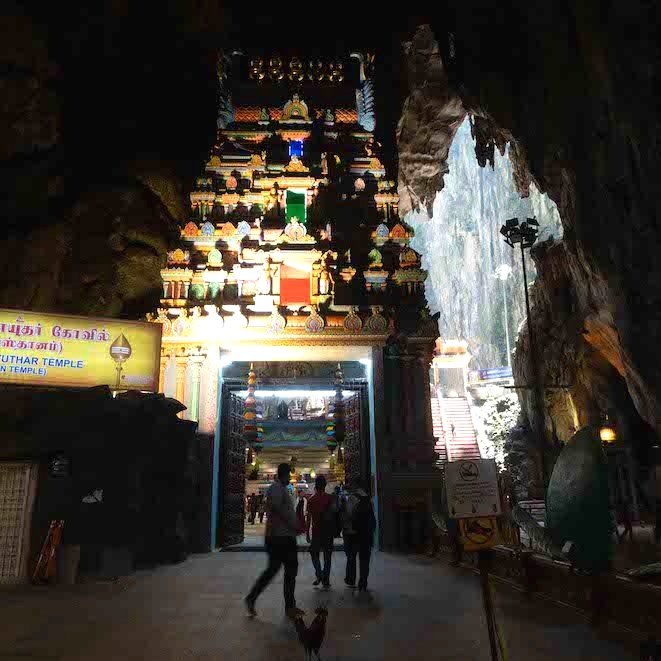
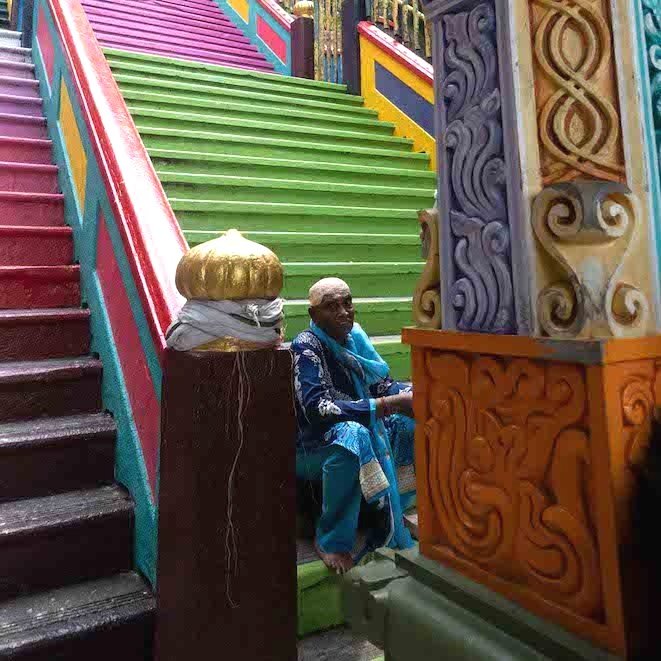
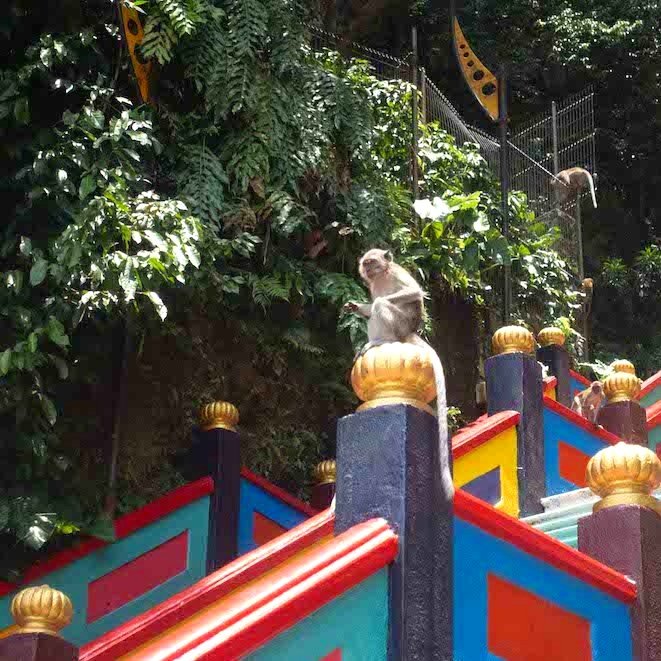
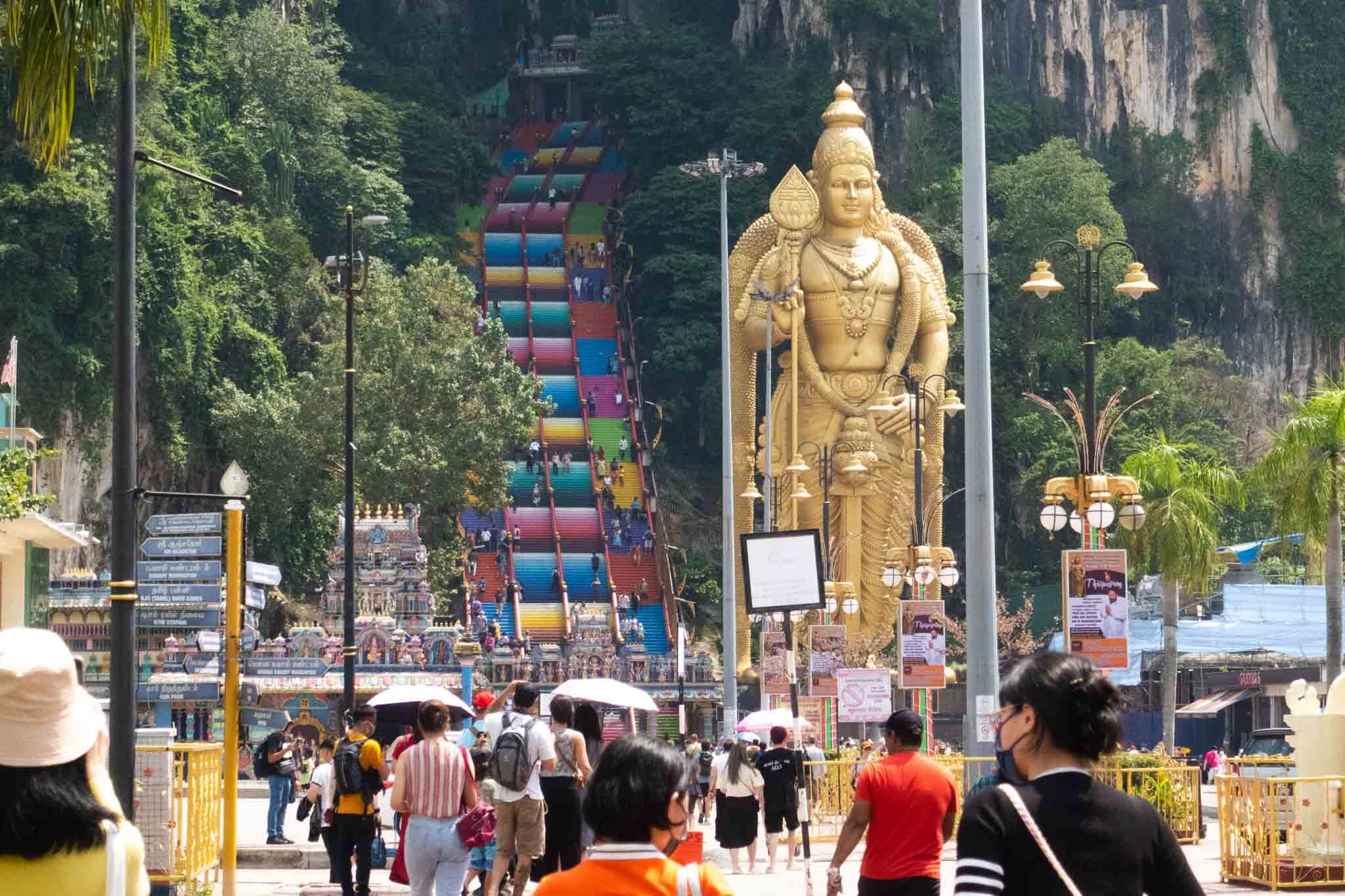
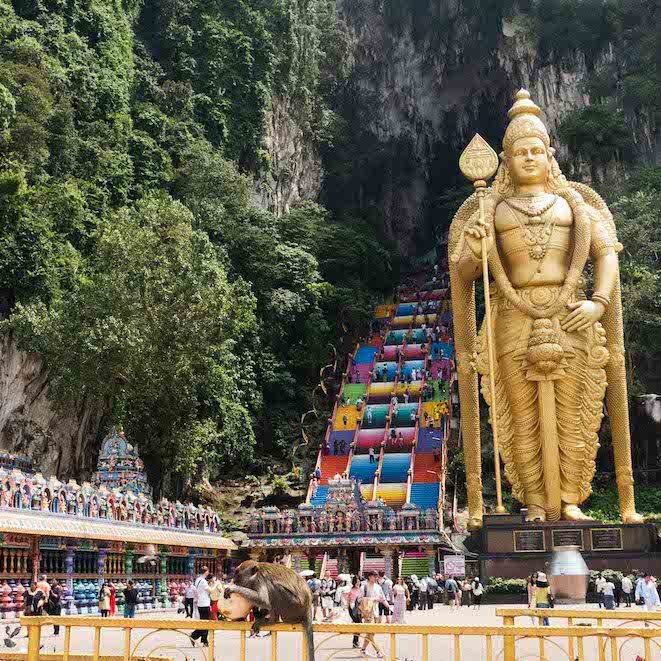
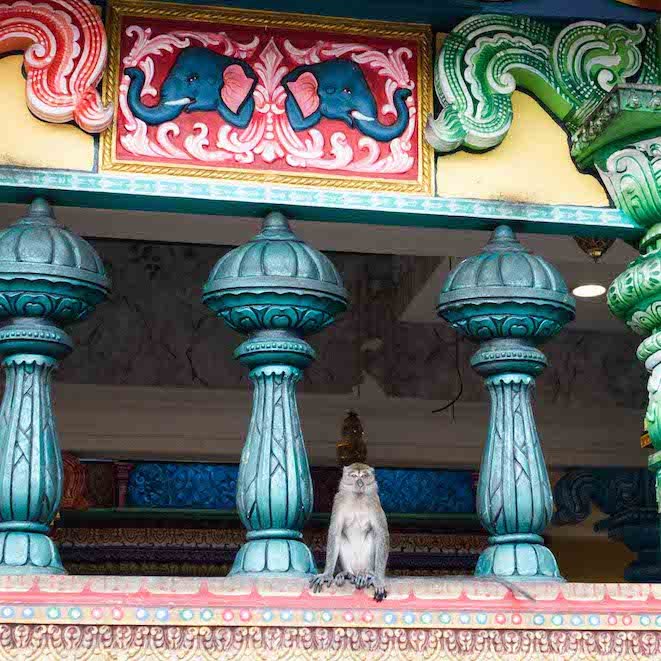
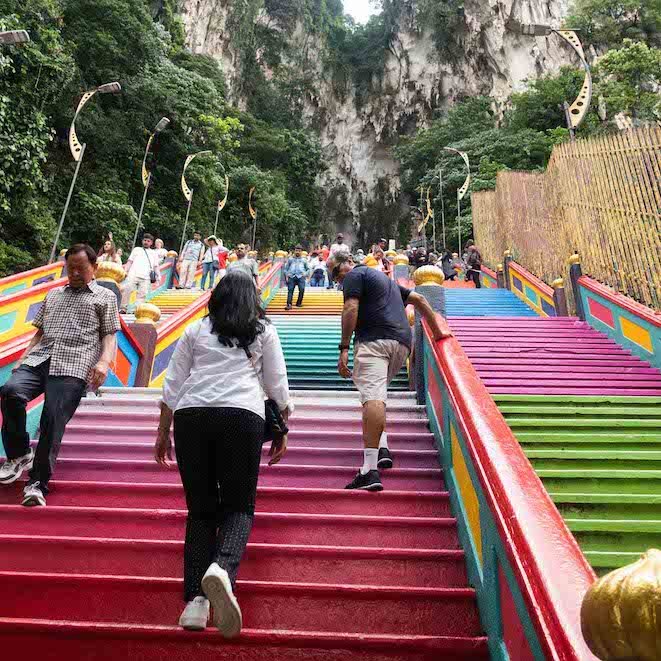

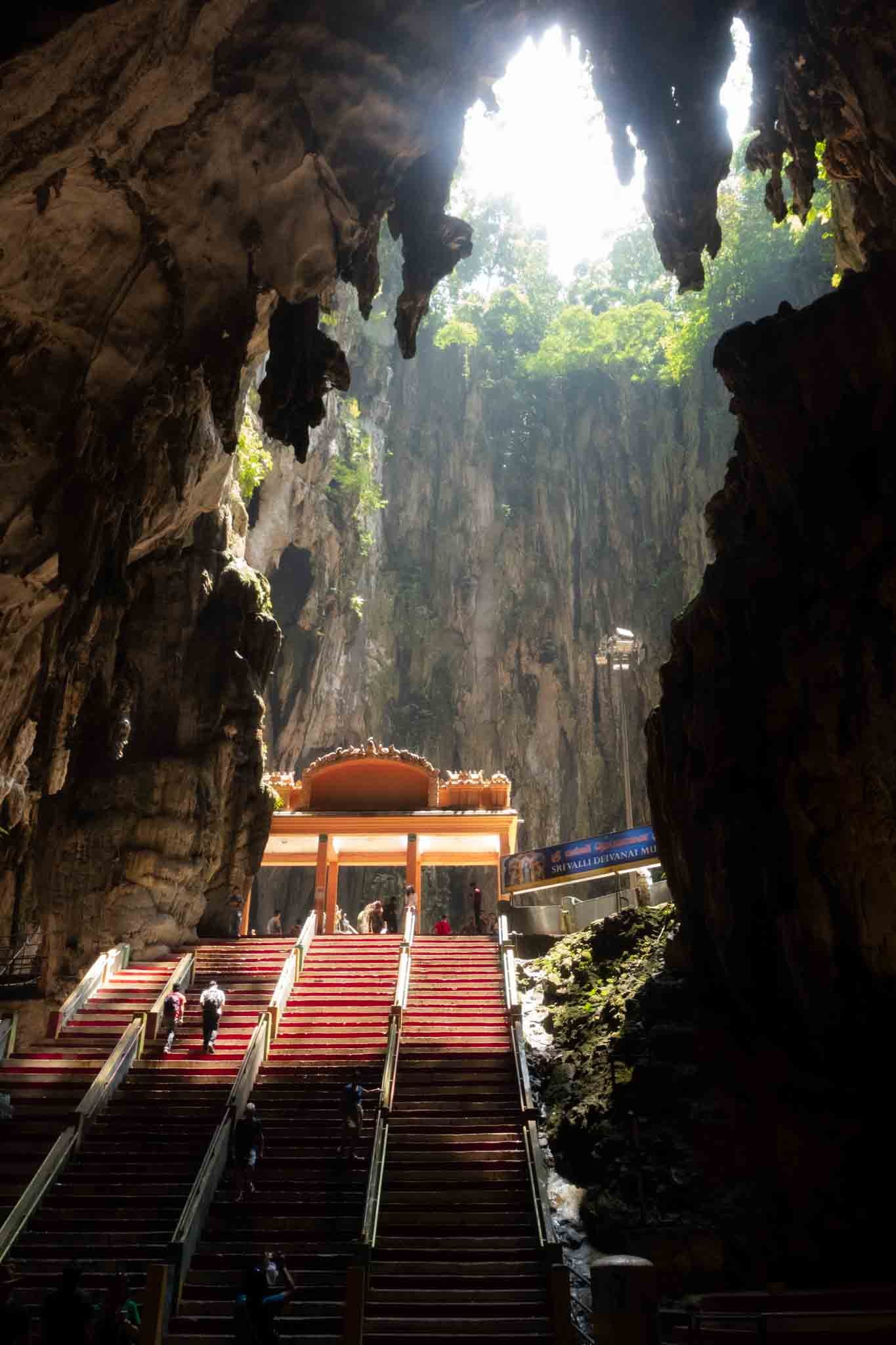
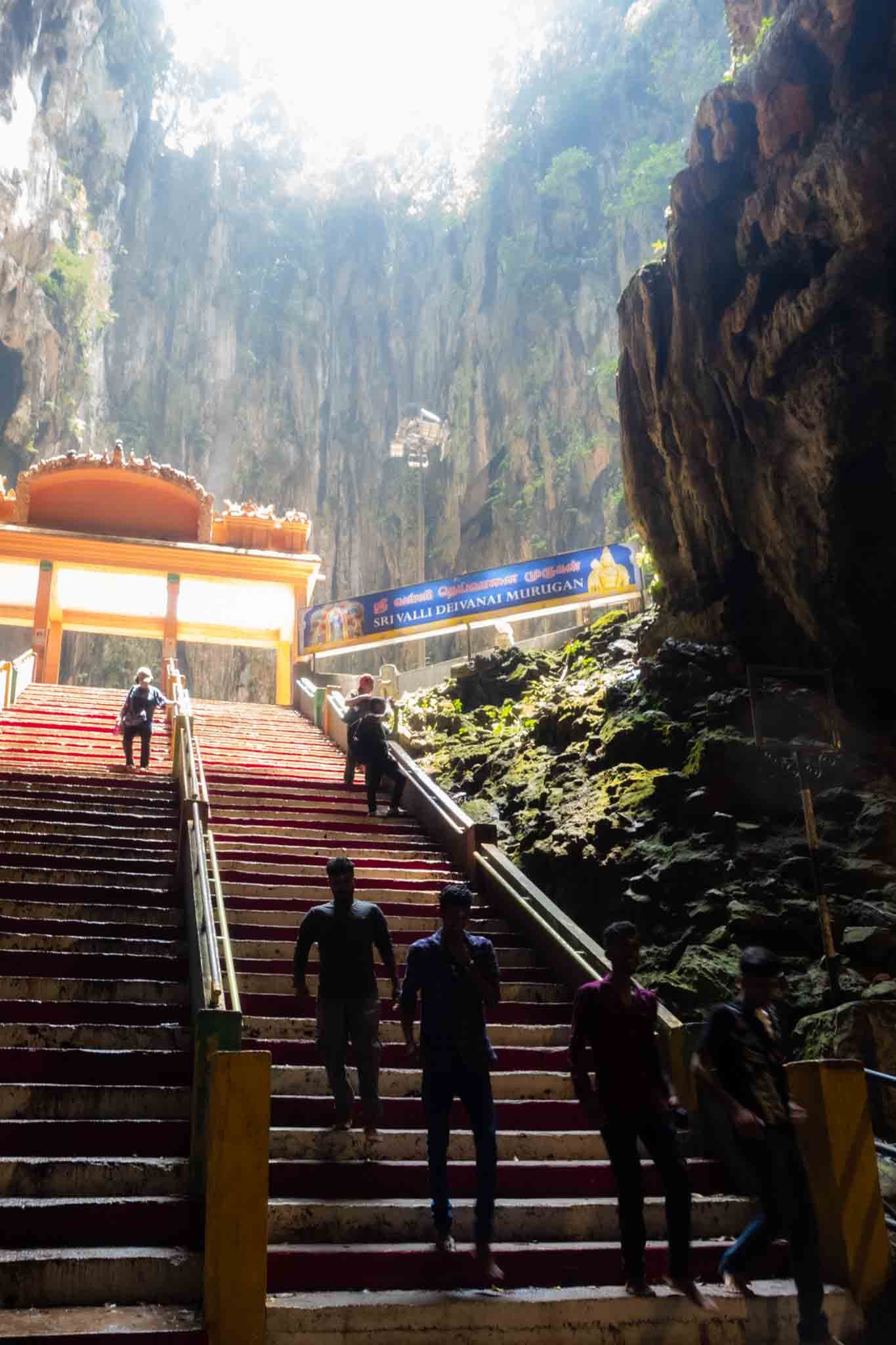

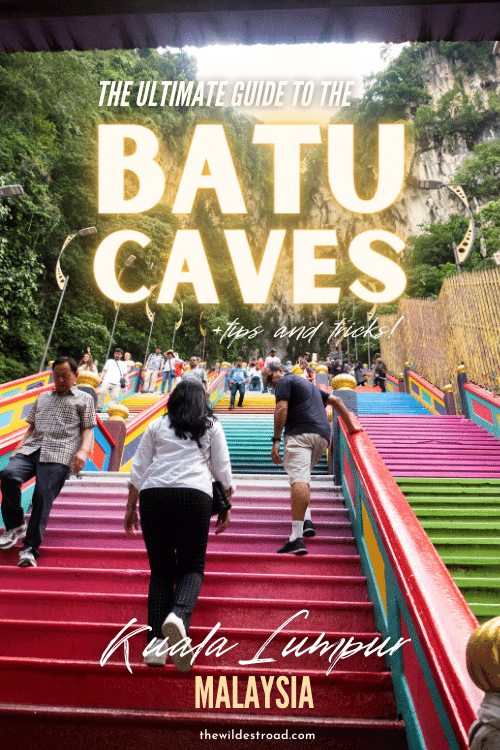
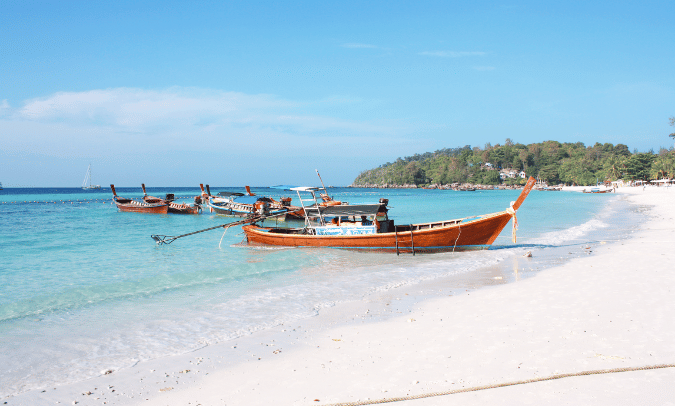




Are you craving a delicious cup of coffee to enjoy while exploring Thailand? Or are you just simply looking for the best cafés and coffee shops the city of Chiang Mai has to offer? Well, say no more! With a wide variety of unique, rustic and modern coffee shops to be found all over the city, it can be difficult to know where to start your coffee journey..